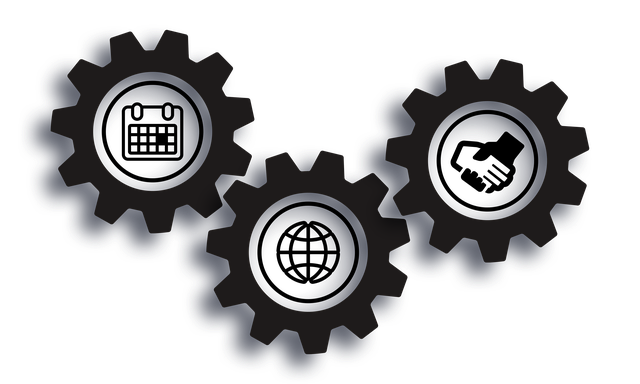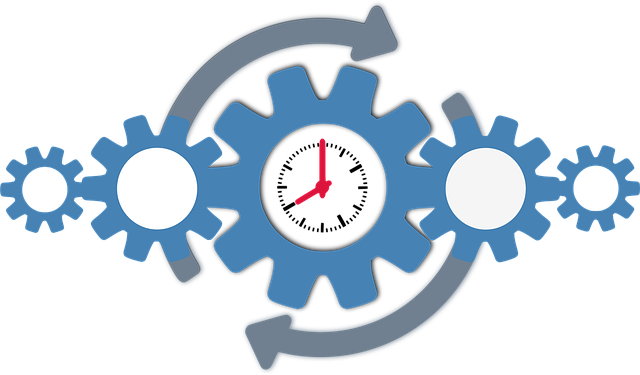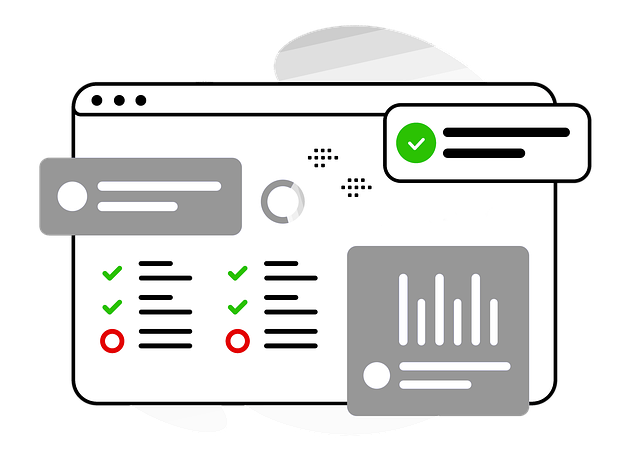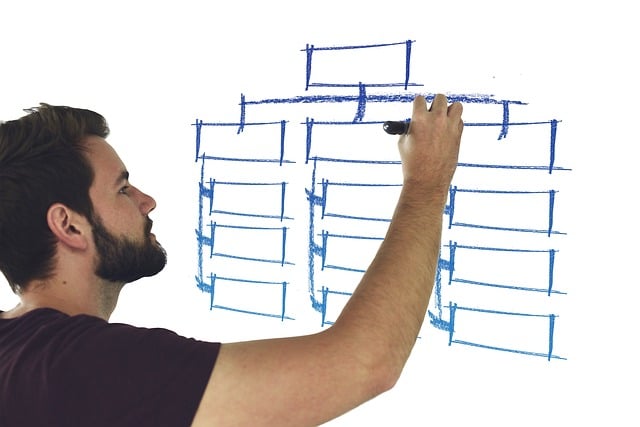5S training, rooted in lean management, enhances workplace efficiency and safety through clear communication. This structured approach includes Sort, Set in Order, Shine (Clean), Standardize, and Sustain to eliminate waste, streamline workflows, and create standardized procedures. Continuous improvement using 5S methodologies boosts productivity, reduces errors, and cultivates a culture of discipline, benefiting new employee training and operational excellence. Visual aids like color-coded signs and charts promote organization and facilitate regular audits. Case studies across sectors show significant improvements in productivity, quality, and safety after adopting 5S strategies.
In today’s competitive business landscape, efficient workplace organization is paramount. Visual management strategies, powered by principles like Lean Management and 5S Training, offer game-changing solutions for enhancing productivity and streamlining processes. By focusing on standardization through tools like visual aids, organizations can achieve remarkable improvements in process efficiency and overall workplace culture. This article explores these concepts, providing a step-by-step guide to successful 5S continuous improvement and real-world case studies that demonstrate their transformative power.
- Understanding 5S Training: Foundations of Visual Management
- Lean Management Principles: Enhancing Workplace Organization
- The Power of Standardization in Process Improvement
- 5S Continuous Improvement: A Step-by-Step Guide
- Visual Aids: Tools for Effective Communication at Work
- Case Studies: Successful Implementation of 5S Strategies
Understanding 5S Training: Foundations of Visual Management

Visual management is a powerful tool for enhancing workplace efficiency and safety through clear communication. At its core, it relies on fundamental practices like 5S training, rooted in lean management principles. This structured approach encompasses Sort, Set in Order, Shine (Clean), Standardize, and Sustain, each step focusing on different aspects of workplace organization.
5S training is not just about organizing physical spaces; it’s a continuous improvement process that standardizes work processes. By systematically categorizing items, eliminating waste, and creating standardized procedures, teams can streamline operations, reduce errors, and improve overall productivity. This foundational training paves the way for visual cues to become powerful tools, guiding employees through work tasks with precision and clarity.
Lean Management Principles: Enhancing Workplace Organization

Lean Management principles, deeply rooted in the philosophy of efficiency and minimalism, significantly enhance workplace organization through structured processes like 5S training. This systematic approach involves sorting, setting in order, shining (cleaning), standardizing, and sustaining to eliminate waste and improve workflow. By implementing 5S continuous improvement methodologies, organizations can achieve a visually organized environment mirroring their operational excellence.
Process standardization, a cornerstone of lean management, ensures that tasks are executed consistently, reducing errors and enhancing productivity. This visual management strategy not only improves the aesthetics of the workplace but also fosters a culture of discipline, enabling employees to focus on value-added activities. 5S training, as part of this strategy, equips workers with the skills necessary for ongoing process improvement, contributing to a dynamic and efficient work environment.
The Power of Standardization in Process Improvement

Standardization is a cornerstone of any successful visual management strategy and process improvement initiative. By implementing 5S training principles—sort, set in order, shine, standardize, and sustain—organizations can create a structured and efficient workplace that enhances productivity and reduces waste. Lean management techniques, rooted in process standardization, enable teams to identify and eliminate non-value-added steps, streamlining operations and fostering a culture of continuous improvement.
A well-standardized work environment doesn’t just look neater; it ensures consistency and predictability. This is particularly beneficial for training new employees, as standardized processes are easier to grasp and replicate. 5S continuous improvement encourages regular reviews and adjustments, keeping the workplace organization dynamic and responsive to changing needs. Through this disciplined approach, organizations can achieve higher quality outputs, improved safety, and greater operational efficiency.
5S Continuous Improvement: A Step-by-Step Guide

Implementing a 5S Continuous Improvement strategy is a powerful approach to enhancing workplace organization and efficiency through lean management practices. This step-by-step guide outlines the key principles, ensuring your team embraces a culture of constant refinement.
Begin by training employees in 5S—Sort, Set in Order, Shine (Clean), Standardize, and Sustain—which forms the foundation for process standardization. ‘Sort’ involves eliminating waste by categorizing items, keeping only what’s essential. ‘Set in Order’ organizes these items logically, ensuring easy access. ‘Shine’ encourages regular cleaning to maintain a tidy workspace. ‘Standardize’ stabilizes processes, making them consistent and efficient. Finally, ‘Sustain’ drives continuous improvement, fostering a mindset of ongoing refinement and adaptability.
Visual Aids: Tools for Effective Communication at Work

Visual aids play a pivotal role in enhancing communication and streamlining workflows within any workplace, especially when implementing a Visual Management Strategy. This approach leverages tools that make it easier for employees to understand tasks, follow processes, and maintain an organized environment. For instance, 5S training—a methodology rooted in lean management—uses visual cues like color-coded signs, labels, and charts to categorize and organize items, promoting workplace organization and continuous improvement.
By standardizing processes through visual representation, organizations can ensure that tasks are executed consistently, minimizing errors and maximizing efficiency. This is particularly beneficial for complex operations where clear instructions are essential. Visual management tools also facilitate regular audits, making it easier to identify areas needing improvement and track progress over time, thereby fostering a culture of continuous enhancement.
Case Studies: Successful Implementation of 5S Strategies

The successful implementation of 5S strategies is a testament to its power in transforming workplaces. Many organizations have adopted these lean management principles for their ability to enhance productivity and create a visually organized environment. Case studies across various industries show that 5S training can lead to significant improvements in workplace organization. For instance, a manufacturing facility utilized 5S techniques to streamline their production lines, resulting in reduced setup times and increased efficiency. This was achieved through process standardization, where each step was meticulously documented and optimized.
In healthcare, a hospital embraced 5S continuous improvement initiatives, focusing on safety and sanitation. They implemented color-coding systems for different areas and equipment, making it easier to maintain hygiene standards. The visual management strategy also empowered staff to quickly identify and rectify issues, fostering a culture of accountability. These examples demonstrate that when properly executed, 5S strategies can revolutionize workflows, ensuring better organization, improved quality, and enhanced employee engagement.
Visual management strategies, as exemplified by 5S training and lean management principles, offer a powerful approach to enhancing workplace organization and streamlining processes. By focusing on standardization, these methods facilitate efficient workflow and continuous improvement. Implementing 5S continuous improvement practices can revolutionize work environments, making them safer, more productive, and easier to navigate. Through the use of visual aids for effective communication, organizations can ensure that everyone is aligned with the standardized processes, fostering a culture of continuous enhancement. As demonstrated in our case studies, successful implementation of these strategies can lead to significant improvements in overall operational efficiency and employee satisfaction.
